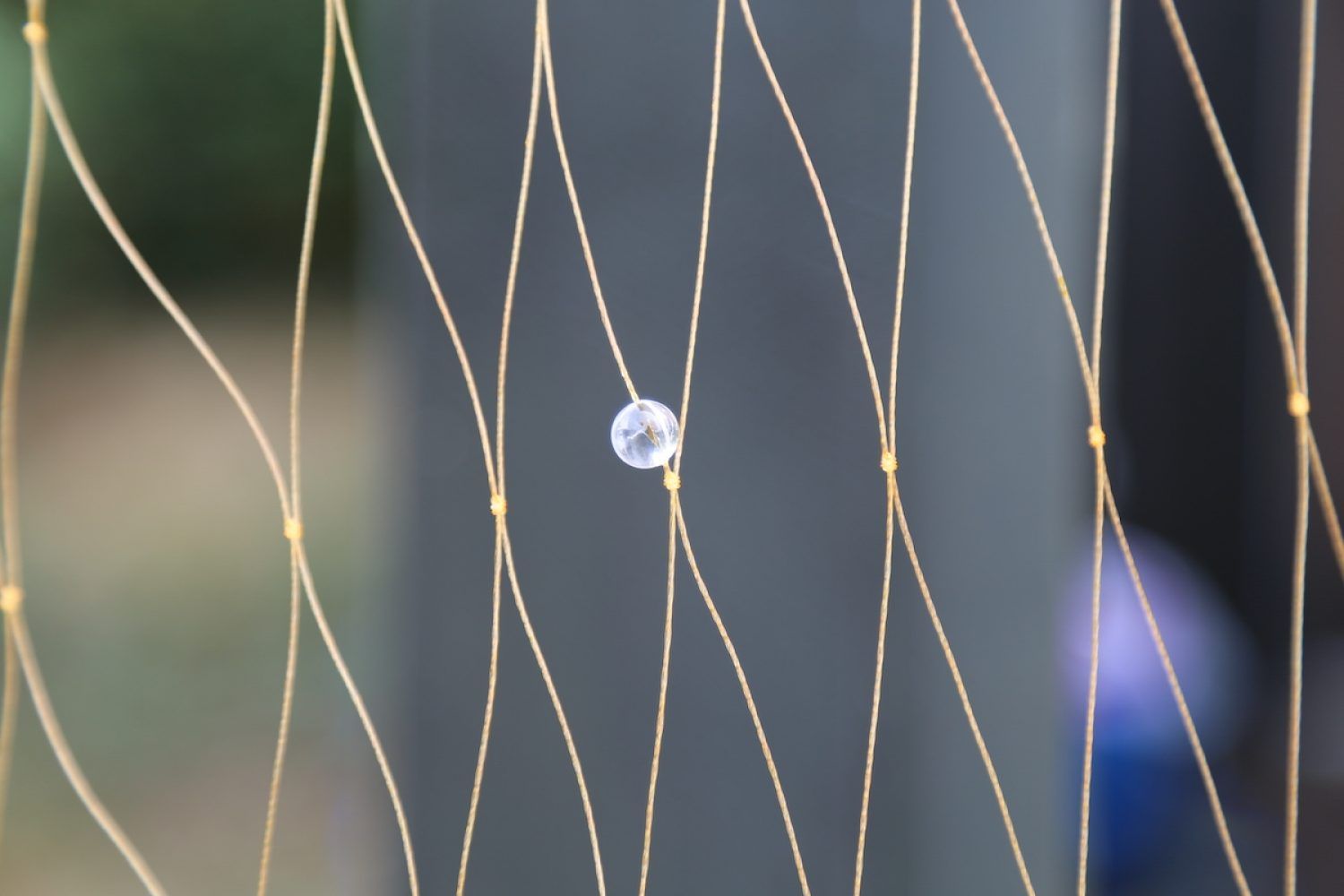
🐟 Simple improvement gives much more food from all caught fish
By sorting the different parts of the fish in a better way and immersing the parts that quickly go rancid in a special solution, it is possible to get more out of caught fish than we currently do.
Share this story!
Of the fish caught today, only the fillets themselves are used for food, while the rest either becomes animal feed or simply waste that is discarded. This means that more than half of the fish does not become food. A big difference compared to how we treat meat, where most of it is taken care of and turned into food.
Now, researchers from Chalmers want to get us to use practically every part of the fish we catch as well. The only thing that is really needed is for the industry to sort the fish in a new way.
"With our new sorting method, all parts of the fish are handled with the same care as the fillet. The focus is on maintaining quality throughout the value chain. Instead of the other parts being mixed together in one and the same collection tank and becoming by-products, they are taken care of separately and preserve their food quality, just like in the meat industry", says research leader Ingrid Undeland, professor at Chalmers and one of the researchers behind the study, in a press release.
One problem with using leftover ingredients such as the fish's back, head, and belly is that they quickly go rancid. But the researchers' method means that these parts are dipped in a special solution that makes the parts last well over a week instead of barely a day. Something that gives the fish processing companies much more time to transform the raw material into useful products.
The method developed by the researchers makes it possible to separate the fillet, backbone, tail fin, head, belly band, and viscera. The back and head can be used as minced fish, the belly and entrails provide omega-3 fatty acids and the tail fin can serve as raw material for marine collagen, which is used in both food and cosmetics.
"Our study shows that this type of sorting is important, at the very least to avoid mixing fish parts that quickly go rancid with parts that are significantly more stable. The sorting method opens up new opportunities to produce high-quality food", says researcher Haizhou Wu, who is the article's first author.
The new method has already attracted the attention of the fish processing industry and the company Sweden Pelagic is now testing the method in its production.
"The sorting technology gives us many more opportunities to develop new healthy and tasty foods and to expand our assortment. This year we estimate that we will produce around 200-300 tonnes of mince from herring backbone and the ambition is to increase that number every year. We see that there is interest, both from the food industry and from public meal producers such as school kitchens", says Martin Kuhlin, CEO of Sweden Pelagic.

By becoming a premium supporter, you help in the creation and sharing of fact-based optimistic news all over the world.



